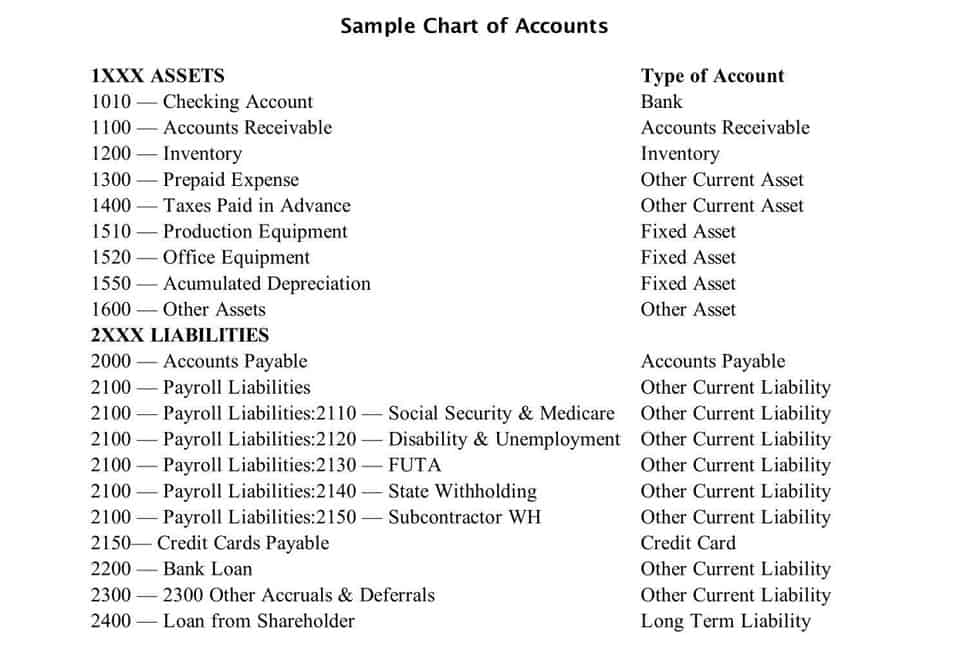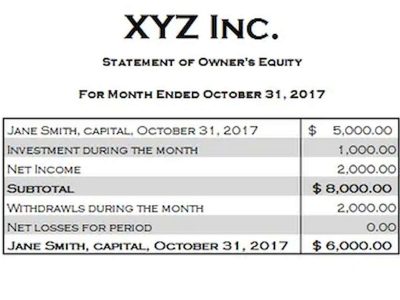Understanding Encumbrance Accounting & Its Process 27 mei 2022 – Posted in: Bookkeeping

To record the encumbrance, you’ll need to complete the following encumbrance accounting processes by recording the following journal entries. It’s not a prepaid expense, as the cash hasn’t left your account, nor is it retained earnings an accrued expense, as it also hasn’t been incurred. Organizations account for future expenditures by enforcing budgetary controls and monitoring spending.

The Importance of Managing Encumbrances for Budgetary Compliance
- This involves updating the encumbrance amounts as commitments are fulfilled or modified.
- By understanding the concept of encumbrances and implementing best practices, organizations can optimize their financial processes, maintain control over their resources, and make informed decisions.
- It is often unclear if any of the reserved or designated fund balances are available to help balance a government’s budget.
- It is a financial reservation made to ensure that sufficient resources are set aside for a specific purpose, preventing their premature use or allocation for other expenditures.
- Encumbrance accounting is a budgeting technique that can revolutionize the way governments manage and allocate funds.
- By incorporating these best practices, governments can ensure fiscal discipline and accountability, ultimately leading to more effective budgeting and public service delivery.
The purchasing company spends the encumbered amounts after confirming vendor invoices referring to the purchase order. This results in a credit of the invoice amount to the encumbrance account, reducing its balance. To illustrate how the complete encumbrance accounting process works, let’s take a typical example of an encumbrance transaction — a purchase order.

Ready to save time and money?
This encourages transparency and increased visibility in how the budget is being allocated and how money is being spent. As a result, organizations can track their expenditures against the allocated budget more effectively. To adjust or reverse an encumbrance, the government entity essentially reverses part or all of the original encumbrance entry, depending on the nature of the change. Adjusting or reversing encumbrances ensures that the budgetary accounts remain accurate and that any released funds are available for other potential expenditures. Governments must consider the impact on the components of fund balance when determining their policy on which funds are used first. Exhibit 1 (opens in a new window) reflects the results of two policies related to unrestricted resources.
Use PLANERGY to manage purchasing and accounts payable

Money from the encumbrance account is moved into the appropriate account to pay the invoice, and accounts payable handles the vendor payment. Once both the purchase requisition and the vendor approve the pricing and order details, the pre-encumbrance phase evolves into the encumbrance phase. Now finalized numbers https://www.bookstime.com/ are in place, and there is a legal obligation to make the payment. This phase is recorded in the general ledger when using encumbrance accounting, even if you did not use the pre-encumbrance stage.
- The encumbrance process is a critical component of encumbrance accounting, a fiscal management system used primarily by government entities to ensure that expenditures do not exceed appropriations.
- In encumbrance accounting, that number is upfront and easy for any budgeting committee or CFO to examine.
- Vital analysis, reports, and audits are based on the cash outflow and journal entries tracked by accounting, making accurate tracking much more than a simple general planning tool.
- The first step in recording encumbrances is to identify and document all financial commitments.
- By making visible the amount of money you plan on spending in the future, you can more accurately see how much money you can spend on future projects or purchases without going over budget.
- Financial statements indicate how budgetary resources are allocated to payment commitments before the actual expenditure incurs with encumbrance accounting.
- With encumbrance accounting, organizations record anticipated expenditures beforehand.
- It allows government entities, nonprofits, and some businesses to more effectively monitor and control how much they spend.
- Throughout the procurement and payment process, adjustments may be required to ensure the accounting records reflect current obligations.
- This type of accounting also helps detect fraud, prevent rampant spending, and increases budget control.
- Likewise a government should establish a policy on the order in which unrestricted resources are to be used when any of these amounts are available for expenditure.
Therefore, these expenses are offset against the encumbrance that was initially recorded. The £500,000 is now committed and set aside within the budget specifically for road encumbrance accounting maintenance purposes only. For example, if a purchase order for $10,000 is reduced to $6,000, the government would need to adjust the encumbrance by $4,000. If the purchase order is canceled entirely, the full amount of the original encumbrance would be reversed.

